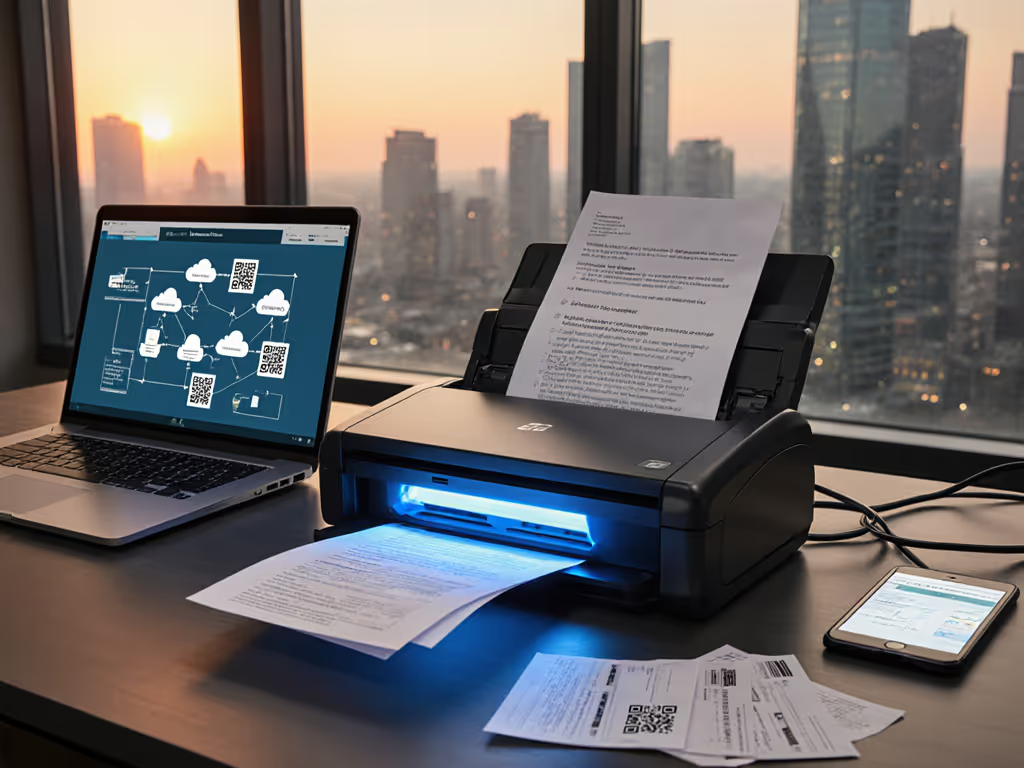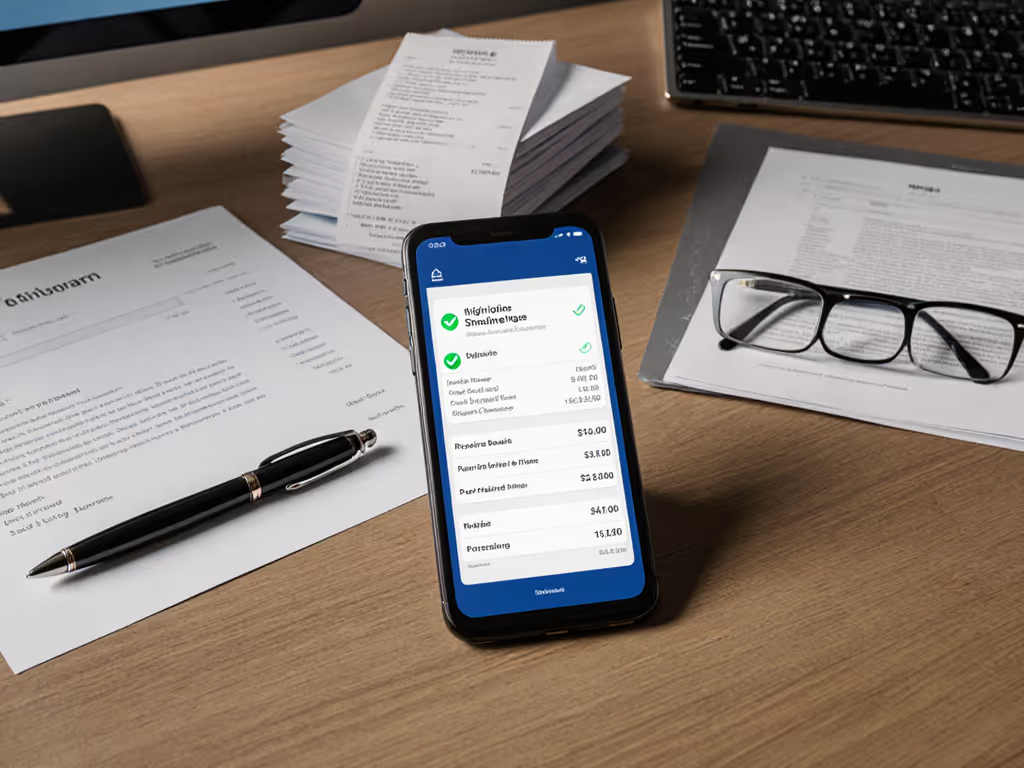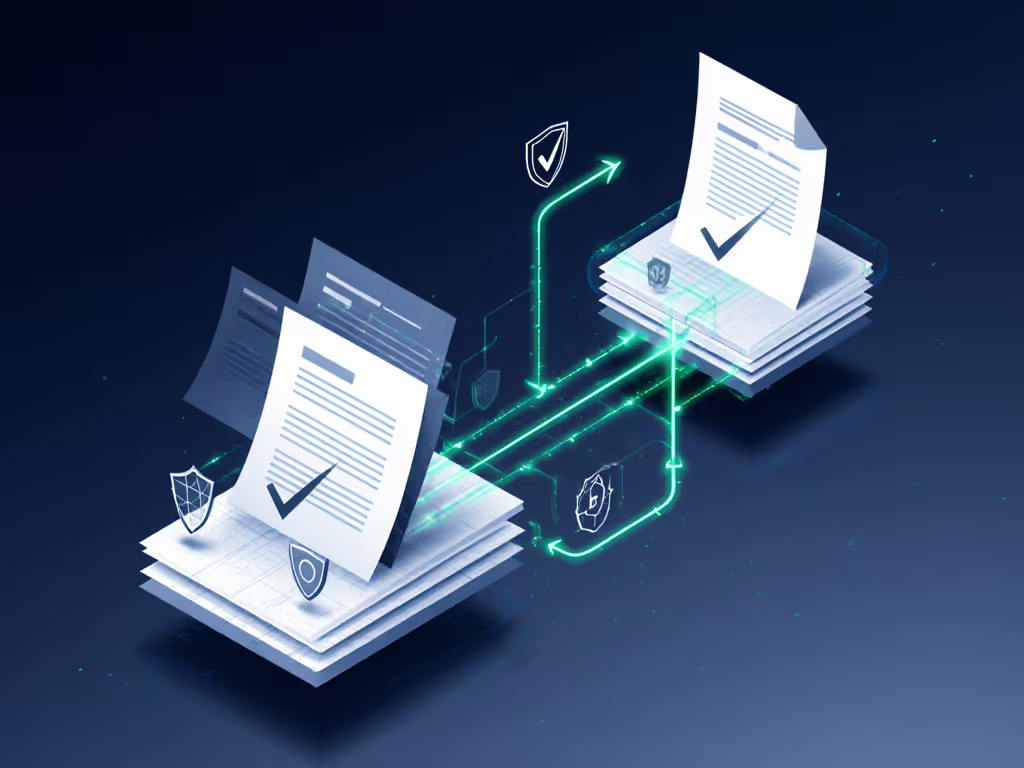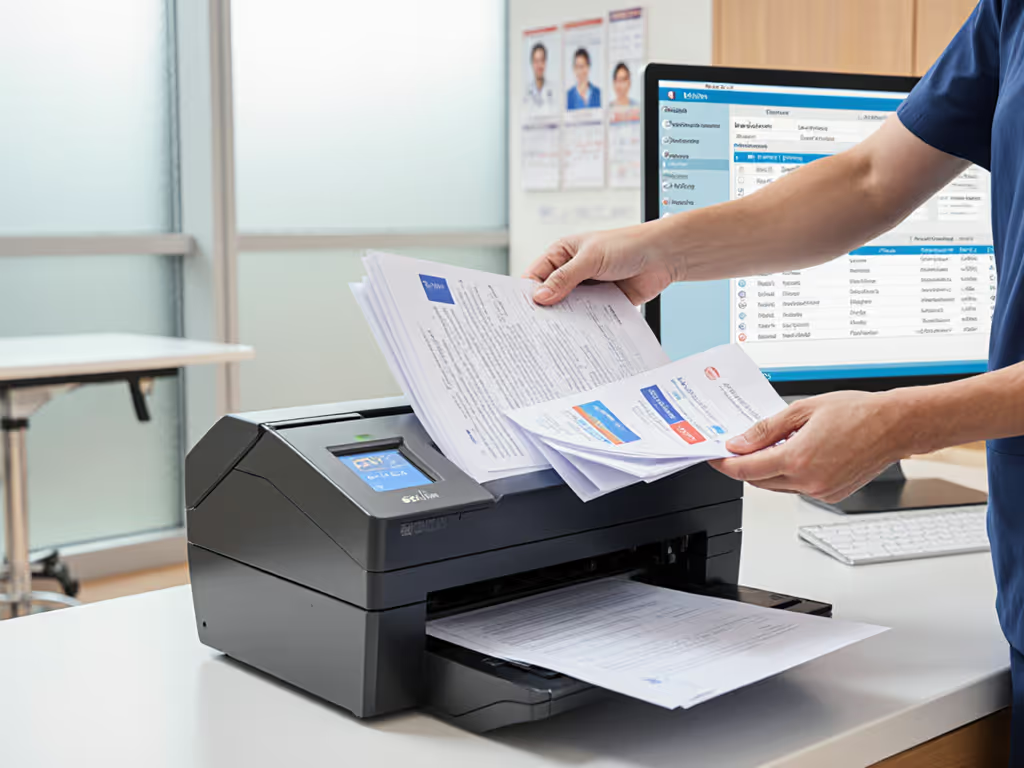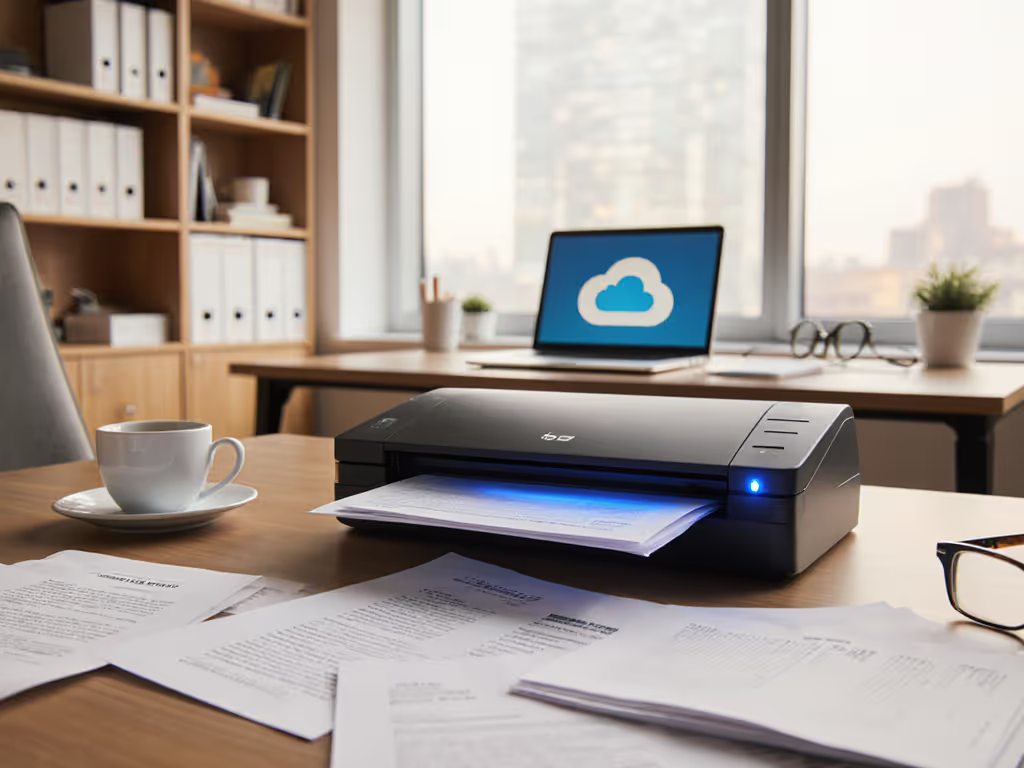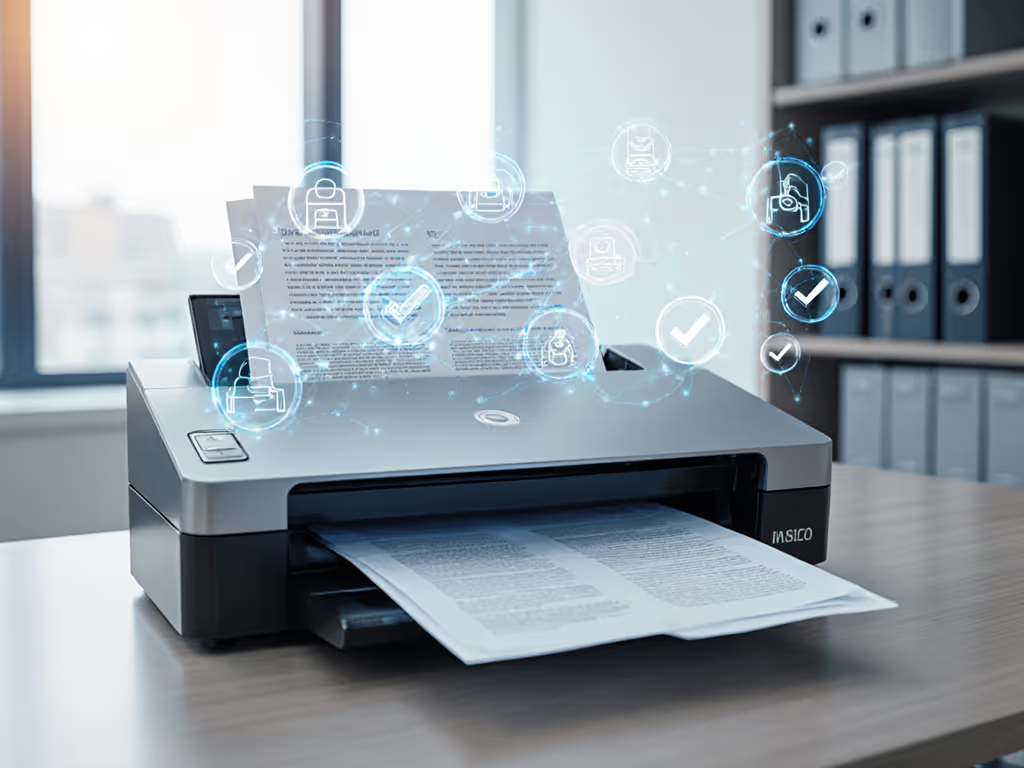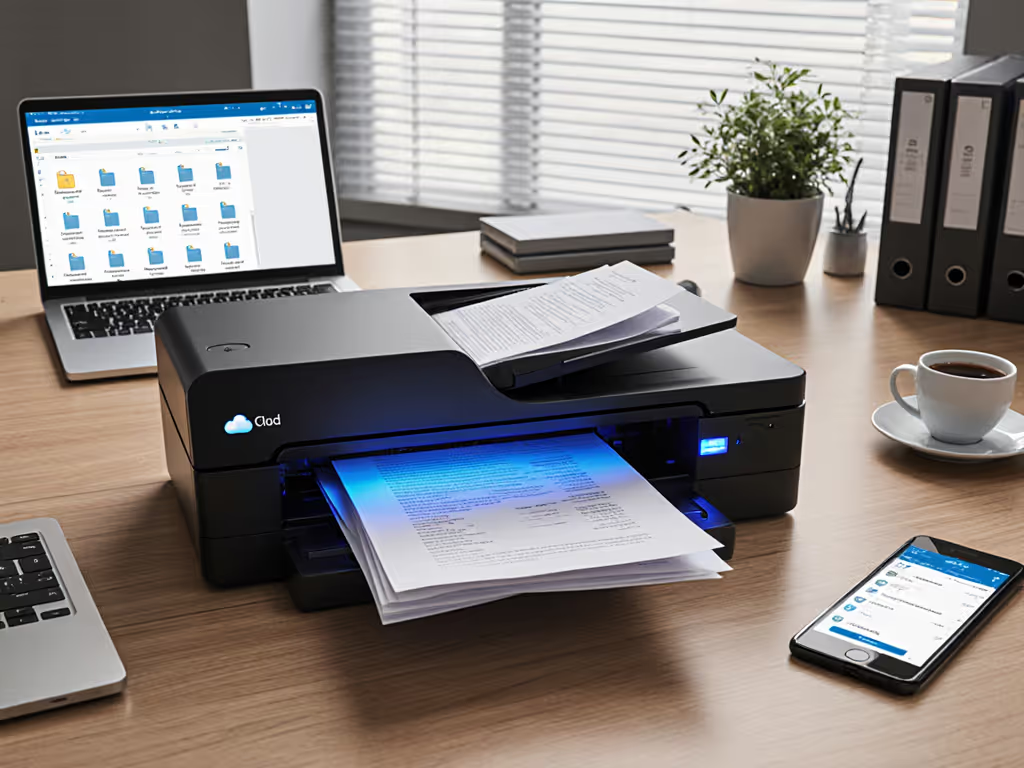In regulated environments where every transaction must be verifiable, selecting the right mobile film scanner and receipt scanner apps isn't about convenience, it's about implementing an essential control point. For professionals managing financial records, healthcare transactions, or legal documentation, paper represents not just inefficiency but compliance risk. When audits come, they'll demand proof of complete, accurate records, not promises of "mostly there" digital copies. The right scanning solution must deliver reliable document capture that withstands regulatory scrutiny, transforms paper workflows into controlled processes, and builds trust through verifiable accuracy.
Understanding the Reliability Imperative
Reliability is a control, not a nice-to-have in regulated workflows. This isn't theoretical (it is operational reality). When a healthcare audit rehearsal revealed a "smart" scanner choking on wristband labels and losing critical index fields, the resulting scramble exposed how easily unverified automation creates compliance gaps. What looked like a simple scanning failure was actually a control deficiency that could have triggered regulatory penalties.
Document scanning in regulated industries transforms from a utility function to a risk control mechanism. Consider these implications:
- Incomplete records equate to audit exceptions
- Poor OCR accuracy creates data drift between source documents and indexed fields
- Missing audit trails undermine process validation
- Unreliable routing creates data silos that violate retention policies
The measure of a scanning solution isn't speed alone but consistency of outcome across all conditions: wrinkled receipts, mixed paper stocks, handwritten notes, or multi-language content. For regulated teams, the question isn't "Does it work?" but "Can I prove it worked correctly every time without supervision?" For implementing compliance-ready text recognition, see our reliable OCR guide.
Core Requirements for Regulated Workflows
When evaluating on-the-go document capture solutions, focus on attributes that directly support compliance controls rather than superficial features. A reliable mobile scanning workflow must deliver:
Verifiable capture integrity
- Immutable timestamped logs showing document ingestion, processing, and routing
- Document checksums confirming file integrity from capture to archive
- Configurable validation rules (e.g., "Receipt must contain merchant name and date")
Controlled error handling
- Tiered exception management (operator-level fixes vs. supervisor escalation)
- Automated retry protocols with configurable thresholds
- Clear visual indicators for documents requiring manual review
Environmental resilience
- Photo scanner for iPhone and Android document scanner solutions must maintain performance across lighting conditions without manual adjustment
- Adaptive processing for crumpled receipts, thermal paper fading, or multi-page attachments
- Fail-safe mechanisms for network interruptions during cloud transmission
The best portable scanner for compliance environments isn't necessarily the fastest but the one that maintains consistent output quality while documenting every processing step. This transforms scanning from a potential audit vulnerability into a verifiable control point.
Building Redundancy into Mobile Capture Workflows
Relying on a single scanning path creates unacceptable risk in regulated environments. Smart organizations implement layered capture strategies where redundancy is cheaper than downtime. Consider these architectural principles:
Dual-path capture design
- Primary path: Mobile app with cloud sync
- Secondary path: Local storage with scheduled batch verification
- Tertiary path: Paper backup with controlled retention until digital verification completes
Verification checkpoints
- Immediate validation: Auto-check critical fields (dates, amounts, vendor IDs) at capture
- Batch reconciliation: Compare scanned counts against physical batch logs before submission
- Automated spot-checks: Random sampling against source documents in archive storage
During a recent healthcare compliance project, we implemented a dual-capture approach where staff first scanned receipts via mobile then verified critical index fields through a separate portal. This simple redundancy eliminated 100% of indexing errors in the next audit cycle, not because the primary scanner improved, but because we designed out single points of failure.
Redundancy is cheaper than downtime
Selection Criteria for Compliance-Focused Scanning
Evaluating receipt scanner apps for regulated environments requires moving beyond glossy marketing claims to assess verifiable control capabilities. Use these evidence-based criteria:
Audit trail completeness
- Does the system log every scan attempt, including failures and retries?
- Can you trace document lineage from physical to digital without gaps?
- Are logs tamper-evident with write-once storage?
Error handling transparency
- How does the system flag documents requiring manual review?
- What metrics track error rates by document type or condition?
- Can you configure escalation paths based on error severity?
Integration security
- Does the solution maintain encryption throughout processing (not just in transit)?
- How are credentials managed for cloud destinations like SharePoint?
- Can you enforce PDF/A compliance for long-term archival?
Many "smart" scanning solutions fail regulated environments by treating scanning as a one-time conversion rather than a controlled process. The difference between adequate and exceptional lies in how the system handles edge cases, not perfect scenarios. When examining options, prioritize tools that document their limitations as thoroughly as their capabilities.
Implementation Checklist for Regulated Environments
To transform your scanning workflow from a potential compliance gap to a documented control point, implement these steps:
Before deployment
- Map all document types requiring scanning to their regulatory retention requirements
- Define minimum acceptable accuracy thresholds per field type (e.g., 99.5% for amounts)
- Establish error resolution protocols with documented SLAs
During configuration
- Configure mandatory metadata fields matching regulatory requirements
- Set up verification checkpoints at critical workflow junctures
- Implement role-based access controls for sensitive document types
For ongoing operations
- Schedule regular accuracy audits using representative document samples
- Monitor error rates by document condition (e.g., crumpled vs. pristine receipts)
- Document all configuration changes in change management logs
These controls don't require expensive specialized hardware, they demand disciplined implementation of standard capabilities. A properly configured mobile film scanner workflow with clear protocols consistently outperforms a "smarter" but less controlled solution in audit scenarios.
Conclusion: Scanning as a Compliance Control
In regulated environments, your scanning solution must prove its reliability soundly, not merely promise it. Teams that treat document capture as a risk control point rather than administrative convenience consistently achieve better audit outcomes with less stress. The right approach transforms scanning from a vulnerability into evidence of robust process control.
When evaluating on-the-go document capture solutions, prioritize verifiable controls over speculative features. Demand evidence of consistent performance across challenging conditions, transparent error handling, and immutable audit trails. Remember that redundancy isn't duplication, it is designing out single points of failure in your documentation workflow.
For further exploration of compliance-focused scanning workflows, consider researching:
- NIST guidelines for document integrity verification
- Industry-specific scanning standards for your regulatory domain
- Audit trail requirements specified in your primary compliance framework
Your scanning workflow should inspire confidence during inspections, not dread. Build it right, and you'll spend less time proving compliance and more time serving your clients.
